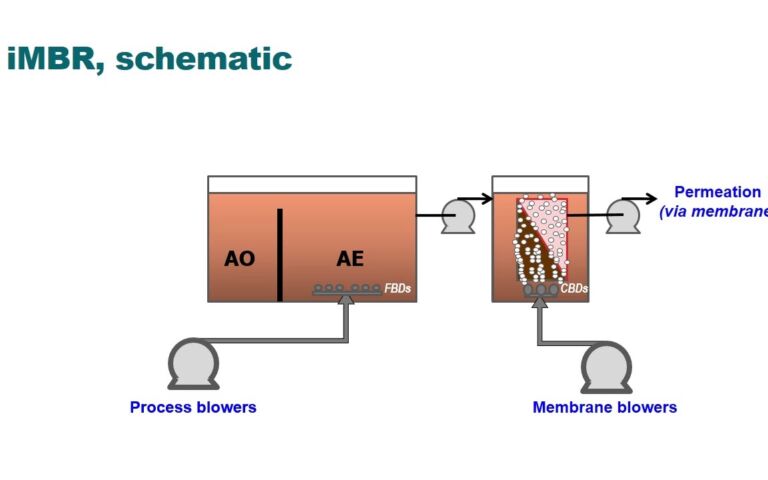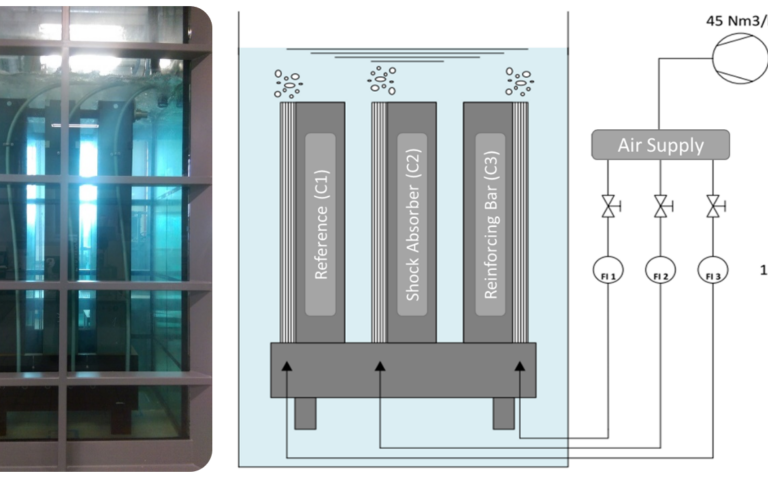Industrial resolution − challenging wastewaters


Simon Judd has over 35 years’ post-doctorate experience in all aspects of water and wastewater treatment technology, both in academic and industrial R&D. He has (co-)authored six book titles and over 200 peer-reviewed publications in water and wastewater treatment.
A while back I posted a discussion on LinkedIn asking for wise and worldly comments on what readers regarded as being the most challenging industrial effluent for treatment using an MBR. It was largely ignored (a common enough, and entirely justifiable, happenstance). However, I’ve recently has reason to revisit this.
It is pretty well known that, while perhaps not the worst, pharmaceutical wastewaters are not exactly a walk in the park when it comes to reducing the COD content (a bit of a headache, as my other half has wryly observed). Apparently, many such MBR plants − and examples exist of both immersed and sidestream − operate with pure oxygen, which suggests oxygen mass transfer limitations when using conventional fine bubble diffusion.
Presumably, simply extending the residence time is not an option since not all industrial sites are replete with space. Indeed, for many it is the spatial limitations that promote the MBR option in the first place. Of course, not everyone is enamoured with the idea of storing liquid oxygen on an industrial site, although it at least gives our fine H&S colleagues something to bleat about, but the alternative is pressurising the bioreactor. This certainly serves to retain the oxygen, but also retains sour gases − CO2 in particular − which then depresses the pH to the point where nitrification may start to drop off and the reactor to resemble an Ibiza foam party.
And the simple solution is ...
At this point, it would be great to be able to write: 'the simple solution is ..'. But, of course, real life is never that simple. Treating large volumes of high-strength industrial effluent in a confined space is always going to be (a) challenging, and (b) expensive. Given enough space, and the will to reduce both OPEX and waste, it could be argued that high-strength solutions should only ever be treated anaerobically.
It is sometimes asked, by the more alert of the students at Cranfield, where the crossover is between aerobic and anaerobic treatment with respect to the COD concentration. As is so often the case, one can confidently and categorically answer: 'It depends'. Interestingly, when Nacho Martin applied himself to this very question with reference to a municipal feed and based on MBR technology [Update: link is no longer available], he came up with the easily-remembered answer 'about 1,000 mg/L'. However, the variables, permutations and general uncertainties probably add a fair margin of error to this figure.
So, pure oxygen, pressurisation, anaerobic: a choice veritably heaving with invidiousness. It perhaps is one of the many reasons that academic MBR research leans so heavily towards municipal wastewater treatment.
All this industry is too much like hard work.








